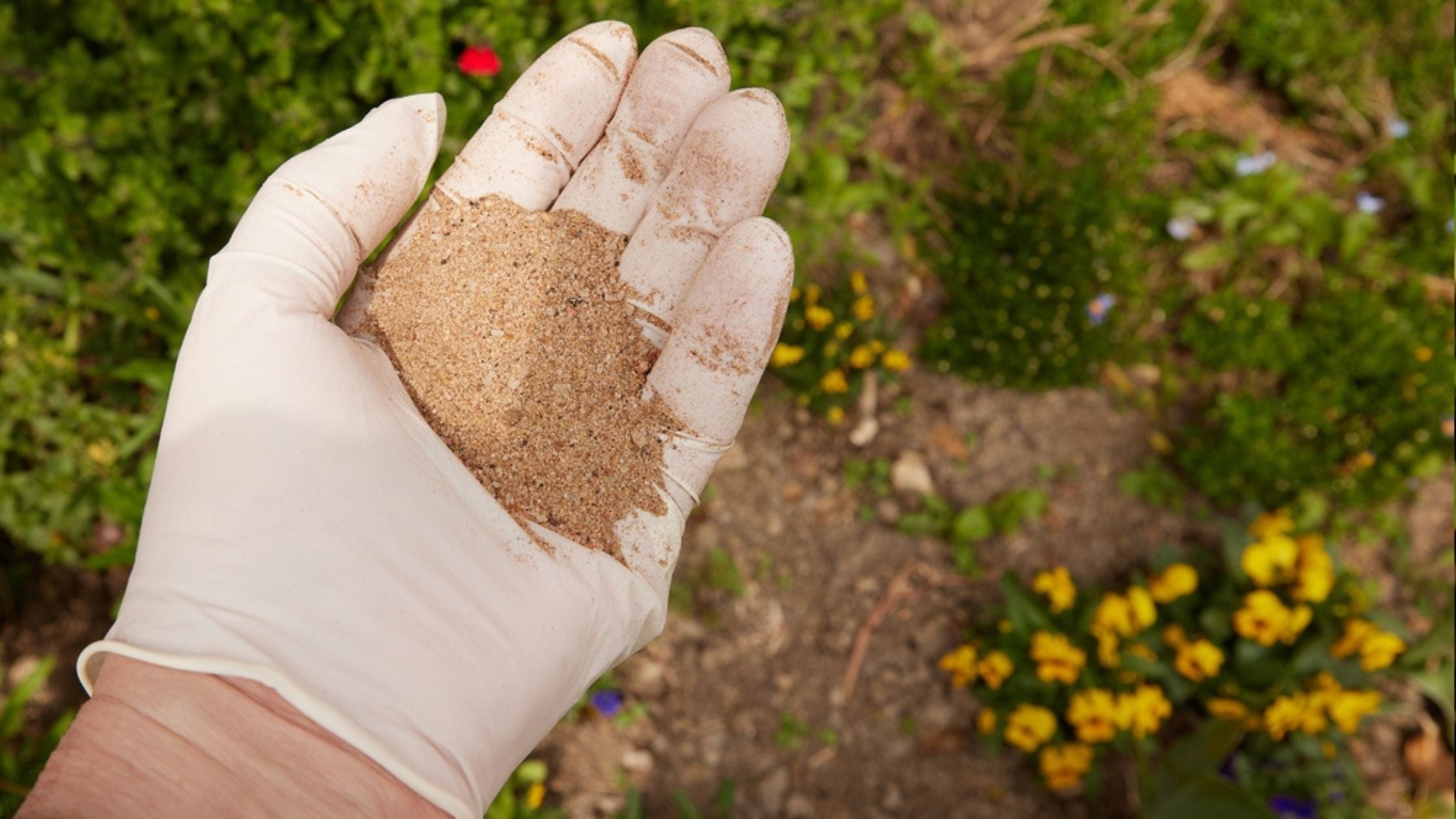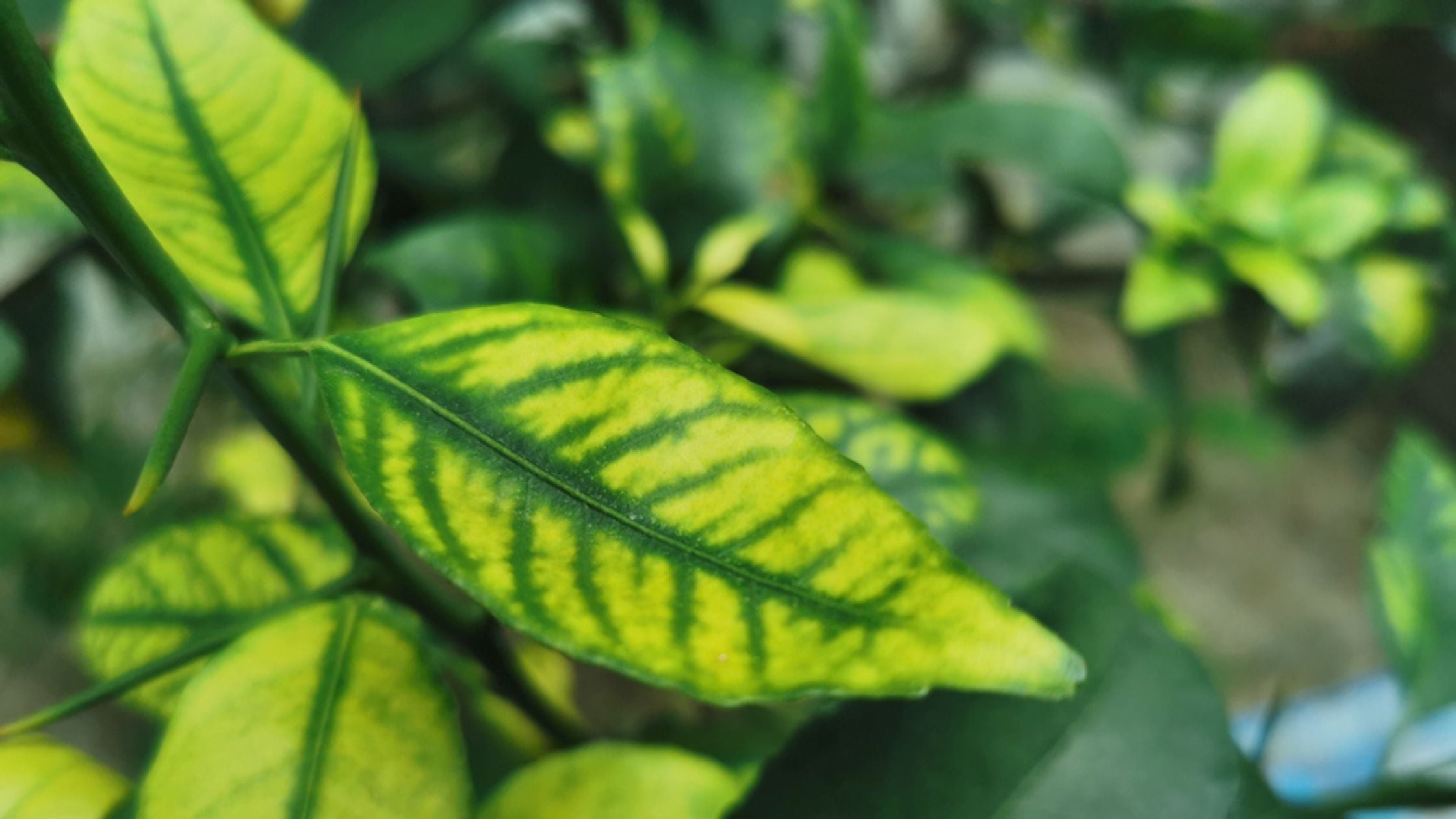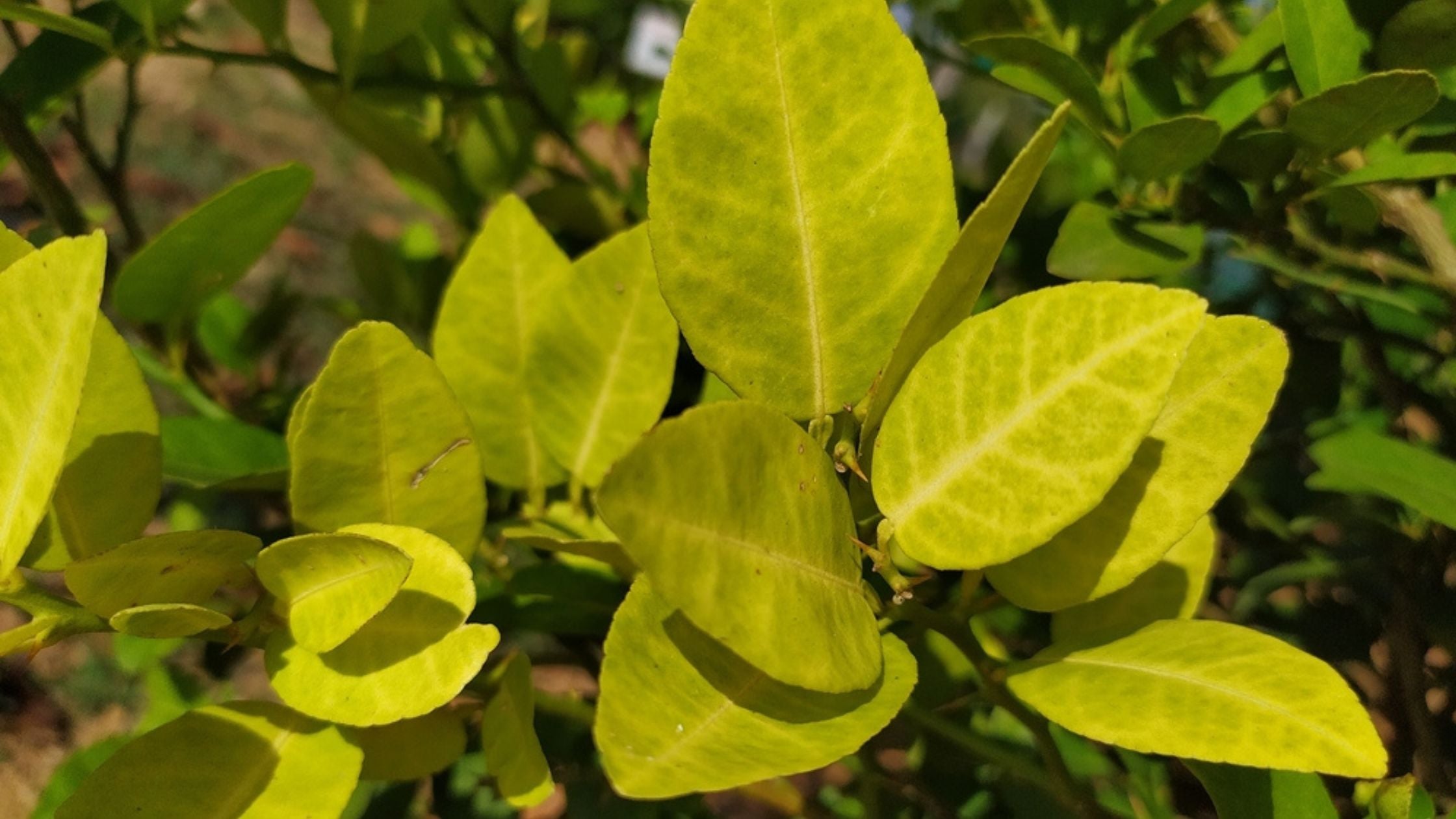
Homemade Natural Phosphorus Fertilizer
We've previously discussed phosphorus's essential role in plant health and development. In this post, we will provide you with a simple tutorial for making your own natural phosphorus fertilizer with leftover bones.
Before the Industrial Revolution, farmers enriched soil with animal bones, providing natural phosphorus for plants. Today, most of the world's phosphorus comes from mined phosphate rock because inorganic rock phosphorus is much more abundant than organic sources of phosphorous in animal and plant tissue. Phosphate rock mining pollutes the air, contaminates our water sources, and destroys wildlife habitat.
Home gardeners and small-scale farms can opt to use DIY phosphorus fertilizers by repurposing meal scraps into homemade phosphorus fertilizer for plants.
What are high phosphorus fertilizers?
All plant fertilizers contain nitrogen, phosphorus, and potassium. These are the macronutrients, the elements found in the largest quantities in plants. Different types of fertilizer contain these macronutrients in different amounts, known as the NPK ratio.
Phosphorus-rich fertilizers contain a higher phosphorus ratio than nitrogen and potassium. You can identify commercial brands of phosphorus-rich fertilizer by looking for nutrient percentages like 15-30-15, which means that the macronutrient content is 15% nitrogen, 30% phosphorus, and 15% potassium.
Homemade, organic fertilizer recipes tend to contain less concentrated amounts of the target nutrients than commercial, chemically synthesized ones, lessening the chance of damaging plants with over-fertilizing. It is also more environmentally sound, as there is less chance of releasing excess fertilizer into the wild.
When to use phosphorus fertilizer
Every plant needs some phosphorus to carry out essential physiological functions. However, high phosphorus fertilizer aids the production and maintenance of flowers and promotes more vivid coloration in non-flowering foliage plants.
High phosphorus fertilizer should only be used before and during your plant's flowering season. Usually, plants that like phosphorus fertilizers will also appreciate high potassium levels. These include outdoor flowering plants like dahlias and verbenas, indoor flowering plants such as African violets, and many root vegetables like carrots and turnips. Hydrangea fertilized with phosphorus will produce pink rather than blue flowers.
Signs of phosphorus deficiencies are purple streaks on the leaves or an overall purple appearance. In soils with a pH level below six and above seven, phosphorus forms in compounds that are difficult for your plant to use. If your soil is very alkaline or acidic, you may need to modify it to prevent phosphorus deficiency.
Be wary of over-fertilizing with phosphorus. Unless the soil is highly deficient in phosphorus or contains none, a flowering plant should still be able to bloom without supplementation. Too much phosphorus can lead to iron and zinc deficiencies and excess salts in the soil.
The soil in your potted houseplant usually contains sufficient phosphorus, so there is no need to add a high-phosphorus fertilizer. Phosphorus deficiencies in the soil are more common in intensively farmed tracts of agricultural land than in non-agricultural soils unless the soil is quite sandy. If you need clarification on the nutrient levels in your soil, you can do a soil test.
DIY homemade phosphorus fertilizer
Making homemade phosphorus fertilizer - a.k.a. bone meal fertilizer - is simple and cost-effective. You only need one ingredient: bones.
- Save a heap of animal bones from your meals (think chicken wings, bone-in steaks, and pork chops!) or source cast-off bones from your local butcher. Store them in the freezer until you're ready to process them.
- Once you've saved enough bones for your fertilizer needs, boil them for 45 minutes to an hour, allow them to cool, and scrape as much remaining fat and meat off the bones as possible.
- Next, bake the bones in the oven at 400-450°F until they become very dry and brittle - about an hour for small bones and more for larger ones.
- Place the bones in a bag and smash them with a mallet until they are fragmented as finely as possible.
- Grind the bone fragments in a blender, food processor, or coffee grinder until they are a fine powder.
You now have homemade phosphorus fertilizer! Scatter the bone dust on your soil to boost phosphorus levels. You can also add this bone meal to other organic fertilizer recipes to provide the phosphorus component.
If you would like to experiment with your own organic fertilizer recipes, here's a helpful guide for NPK ratios in many organic materials. You can use it to figure out which ingredients you need to create a perfect NPK ratio mixture for your plant.



Leave a comment
This site is protected by hCaptcha and the hCaptcha Privacy Policy and Terms of Service apply.